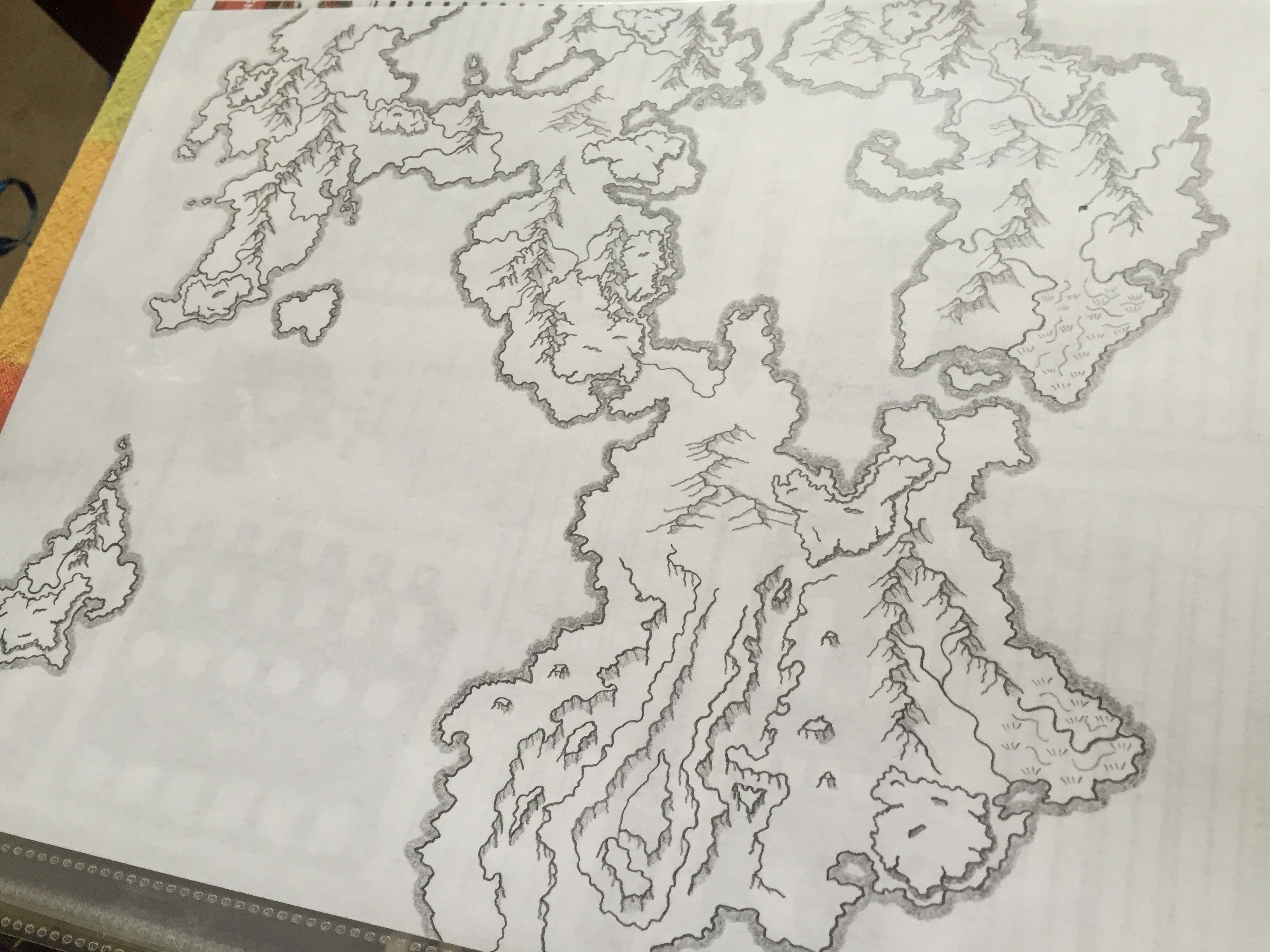
I picked up the most recent Dungeon Master’s Guide yesterday, a week early, thanks to our Friendly Local Gaming Store being a premier store for Wizards of the Coast. It was also small-business Saturday, so I picked up a Monster Manual, a copy of Torchbearer and the fifth wave of X-wing ships. When I arrived home my deluxe collector’s edition of Metamorphosis Alpha arrived from the Goodman Games kickstarter. Needless to say, we should have many upcoming reviews for you in the forthcoming weeks. But, I digress:
Dnd 5e Dmg Types
See the player’s D&D basic rules or the Player’s Handbook for descriptions of the different alignments. The alignment specified in a monster’s stat block is the default. Feel free to depart from it and change a monster’s alignment to suit the needs of your campaign.
The 5e Dungeon Master’s Guide retreads a lot of familiar ground, as it should for new DMs, or that most vaunted of demographics, players inspired to try their hand at running the game. Interestingly, this DMG is structured exactly opposite of the 4e DMG and firmly places magic items back in the hands of the DM (where they belong, in my opinion). The 5e DMG is broken down in to three parts: Master of Worlds, Master of Adventures, and Master of Rules, in that order. This demonstrates the “outside-in” type of design in which you examine the big-picture themes and create the world first, then adventures, NPCs and adversaries, then the individual rules for certain situations like save DCs, when/why to grant inspiration, and optional rules like facing and flanking as well as diseases and poisons. The 4e DMG was exactly the opposite with the “inside-out” type of design which focused on rules and running the game first, then designing adventures, then world creation.
This book is best suited for the tinkerer. It includes rules for adding races, sub-races, classes, as well as variants for initiative, resting, gunpowder, alien technology, hero points, plot points, and a lot of optional systems you can add to your game to tune it how you want D&D to run. It is an excellent resource for both old and new DMs alike and includes a lot of tables for adventure inspiration in the second section. The section on adding races and sub-races adds Eladrin and Aasimar is playable races with features associated with those. The classes section adds the Death domain for clerics, and the Oathbreaker anti-paladin which was alluded to in the PHB.
The layout and artwork are superior to the Player’s Handbook, much to my surprise and delight. Apparently they saved all the intense action artwork for the DMs (sorry players!). Almost all of the artwork involves some immediate action, but its not all just wands firing and spell effects. There is party hiding from a huge group of (very minion-esque looking) modrons, a party doing their best against a Tarrasque tearing through a city, a diverse party looking into the maw of a forbidding cave, and the magic item art really stands out. Surprisingly, (and sadly) the DMG has returned to being almost entirely white people. While the PHB was very racially diverse on almost every page, that diversity does not extend to the DMG. The page numbers in the corners are still nigh-unreadable, but the color coded corners of the page that delineate which section you are in are much more prominent than they were in the PHB. I had to look back to see if they even did this in the PHB, and they did, but almost imperceptibly. The index for the DMG is in a much more readable 9 point font, as opposed to the PHB 6 point index.
The magic item section is where this book really shines. It includes tables for the origin of a magic item, as well as tables for history, minor powers and quirks (much like DCC…) as well as iconic magic items like a necklace of fireballs, boots of elvenkind, sphere of annihilation, staff of power, and a wand of wonder. The illustrations in the magic item sections are really inspirational and well thought out. I really enjoyed flipping through pages of cloaks, rings, staffs and wands, all thematically rendered to make them look unique, and fantastic.
Taking Dmg While Down Dnd 5e Guide
The tables for adventure creation cover the main bases and can serve as a good starting point for new DMs. More experienced DMs and players may recognize and see through some of the more tired tropes (a stranger approaches the party in a tavern and urges them to the adventure location, a village needs volunteers to go to the adventure location) but the basics need to be covered before you start getting more creative with adventure design. I am likely spoiled in this regard by the Dungeon Alphabet, in which there is much more creative (in my opinion) adventure seeds, items, and encounters. When you are ready to level-up your adventure design, be sure and pick that up.
Dmg 5e Pdf
Overall, once again, I am much more impressed than I thought I would be. This edition has succeeded at getting back to what the core of the game is, while respecting not only the history but the innovations of the last four decades of tabletop RPGs. While expensive, this DMG is 100 pages longer than the 4e DMG, and very much worth it. This book is an excellent toolbox to create your world, and populate it with interesting and diverse characters and adventures.